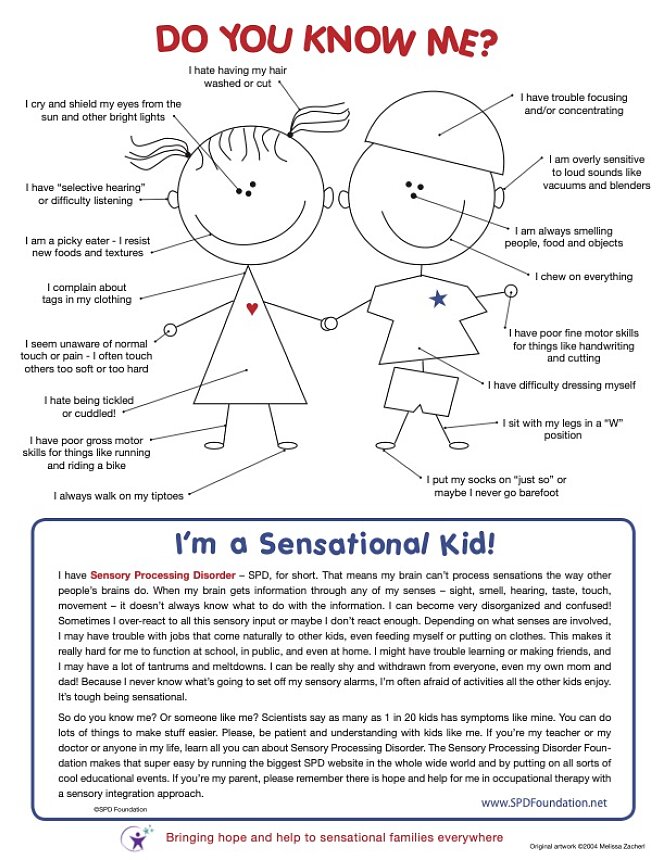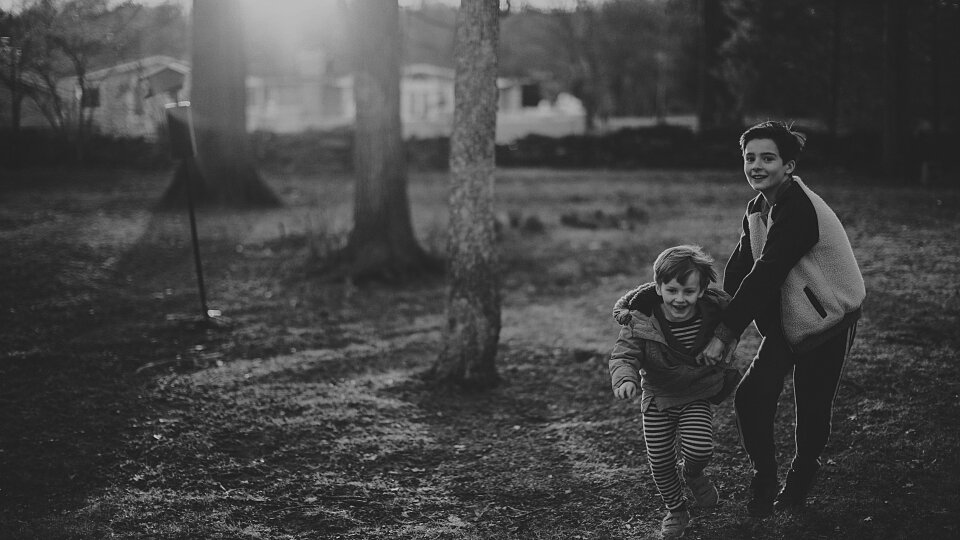What is Sensory Processing Disorder?
October is Sensory Processing Disorder Awareness Month, so let’s talk senses! Children are complex creatures, and parenting them can be tricky even on the best of days. But it’s our responsibility to understand them and their tendencies as we guide them through life’s challenges.
One of these challenges children face, but isn’t always understood or easy to diagnose, is Sensory Processing Disorder (SPD).
First, some key terms...
What is sensory processing? It’s the way our nervous system receives sensory information and turns them into responses. For example, when we walk into a loud room or brush up against another person, our brain takes cues from those interactions and tells our bodies how to respond.
So, what is Sensory Processing Disorder? It’s a neurological disorder in which sensory signals aren’t organized into appropriate responses. Kiddos with this disorder perceive and/or respond to sensory information differently than most other people. Sometimes they overreact to sensory stimuli, sometimes they underreact, and sometimes they do both! Unfortunately, this disorganization interrupts their daily routines.
The Eight Senses
Yes, you read that right. We actually have eight senses. We all know the basic five senses — sight, smell, hear, taste, and touch. Through these senses, we are constantly bombarded with an incredible amount of stimuli every day.
Think about it, seemingly little things like temperature or light are all things our body notices and processes. When someone with normal sensory processing senses something is too loud or too bright or too cold, they can register that input and make the appropriate adjustments.
Along with the five senses, there are three lesser known senses, a.k.a., the hidden senses.
First, we have the proprioceptive sense, which is detected through sensory receptors located in the joints and muscles. Proprioception helps a child determine his or her body’s position in space and enables them to regulate both direction and amount of force to use when moving.
Next, we have the vestibular sense, which tells a child if and/or when they are moving, and the direction and speed of that movement.
Our final sense, the truly hidden sense, is interoception, which enables us to feel sensations from our internal organs, like when we need to use the restroom or have a stomachache.
Let’s stop for a moment and think about just how difficult it might be to navigate through life if you had no awareness of where your body is in space, or how fast you are moving, or whether you feel pain or not. How confusing and frustrating that must be, especially for children.
Now add in a history of trauma to complicate things.
What Does SPD Look Like?
When your child is struggling with SPD, she has a hard time processing sensory input. This can manifest in different ways among different children and is often first recognized during the toddler years. Just a few (of many) common scenarios are:
- She might have trouble ducking from balls in sports.
- He might dislike crowded places or bright lights.
- She might be bothered by different textures of food.
- He might be irritated by the material in a shirt.
- She might dislike human touch or hugs from her parents.
- He may not be able to regulate his body temperature, or may not realize when he is in pain.
What Causes SPD?
Unfortunately, the causes of SPD are not well known. According to researchers at STAR Institute for Sensory Processing Disorder, the causes of SPD are likely to be the result of factors both genetic and environmental. Until we get more information, we’ll each have to do our part to help our kiddos learn how to better process and cope with the environment around them.
What About Your Child’s Sensory Needs?
To better understand your child’s sensory needs or determine if your child has sensory needs, download these helpful resoures:
- Short Sensory Profile
- Improve Sensory Input: Ways to help sensory-seekers regulate

Image Source: https://www.spdfoundation.net/
Fulll Image: https://www.spdfoundation.net/flyer_docs_2012/dykm_sheet_0910.pdf
Additional Resources
Reach out to us at Foster Village to learn more about Project SOOTHe.
Check out the STAR Institute.
And read these books:
- The Out of Sync Child by Carol Stock Kranowitz
- Sensational Kids: Hope and Help for Children with Sensory Processing Disorder by Lucy Jane Miller
Primary Source: Miller, Lucy J., et al. Sensational Kids: Hope and Help for Children with Sensory Processing Disorder. Penguin Group, 2014.


